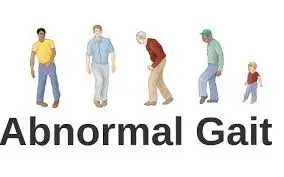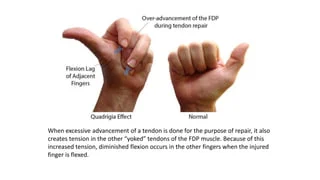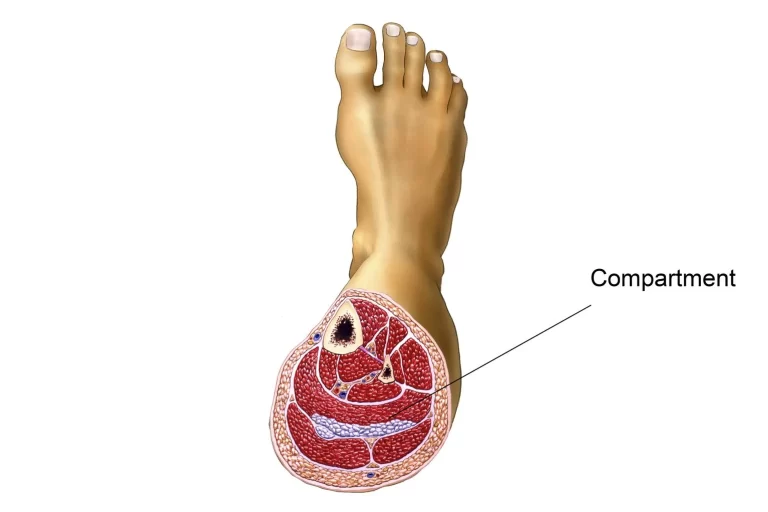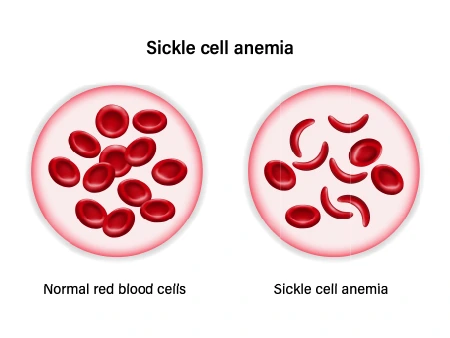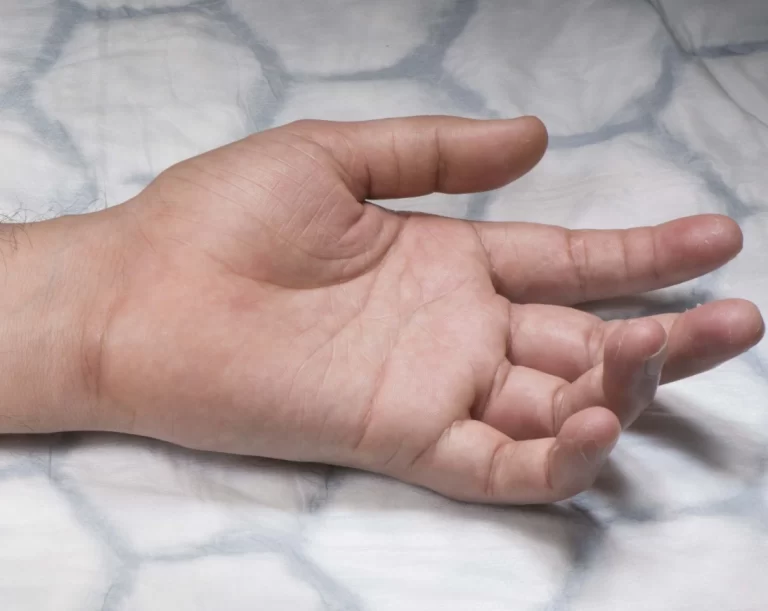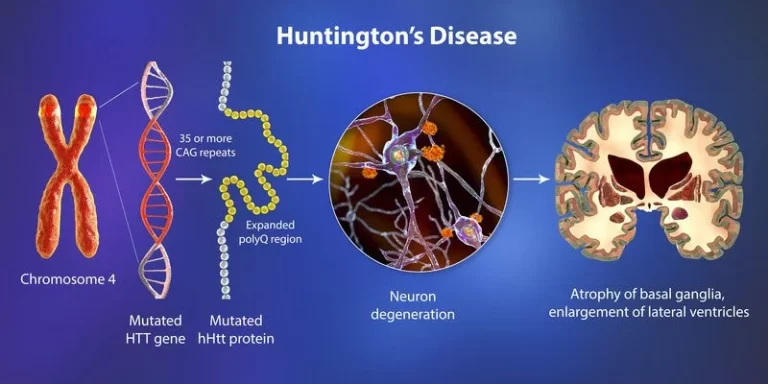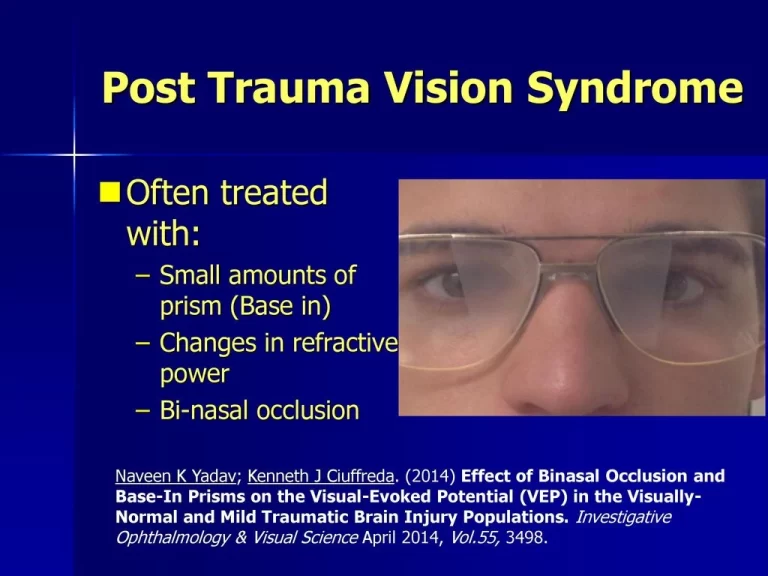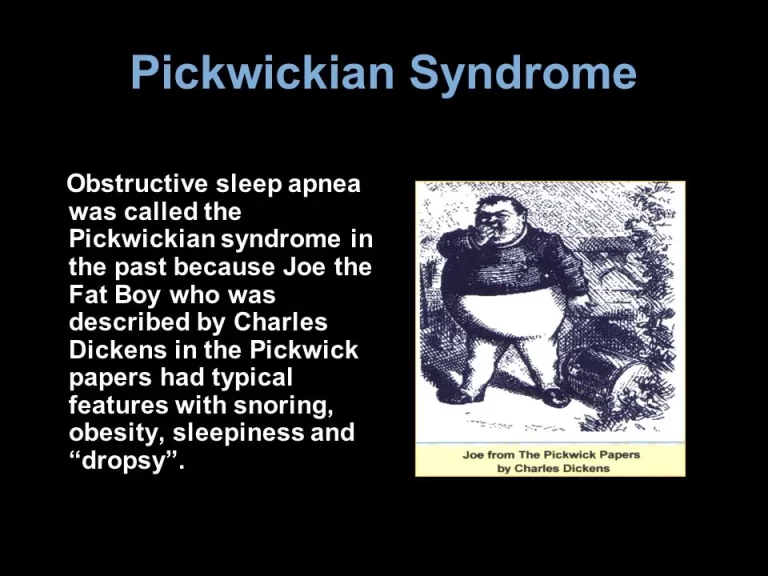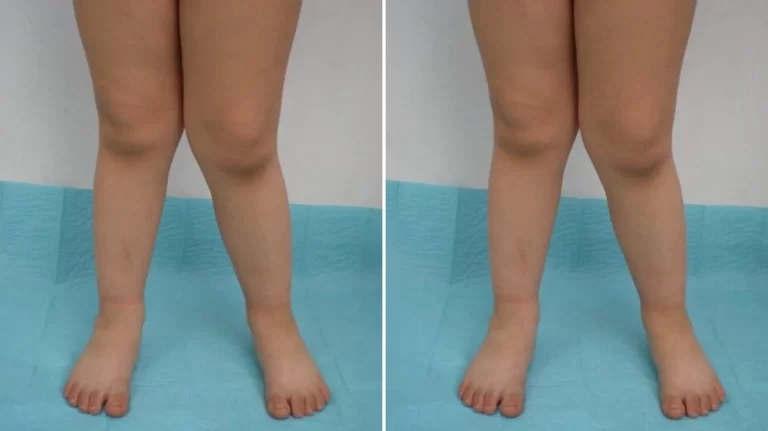Abnormal Gait
What is an Abnormal Gait? An abnormal gait is a noticeable change in our normal walking pattern. Every person has their natural walking style which is unique in individual. Although, some injuries and medical conditions can cause some changes in our natural walking pattern. Anything which can affect our brain, spinal cord, legs, or feet…

